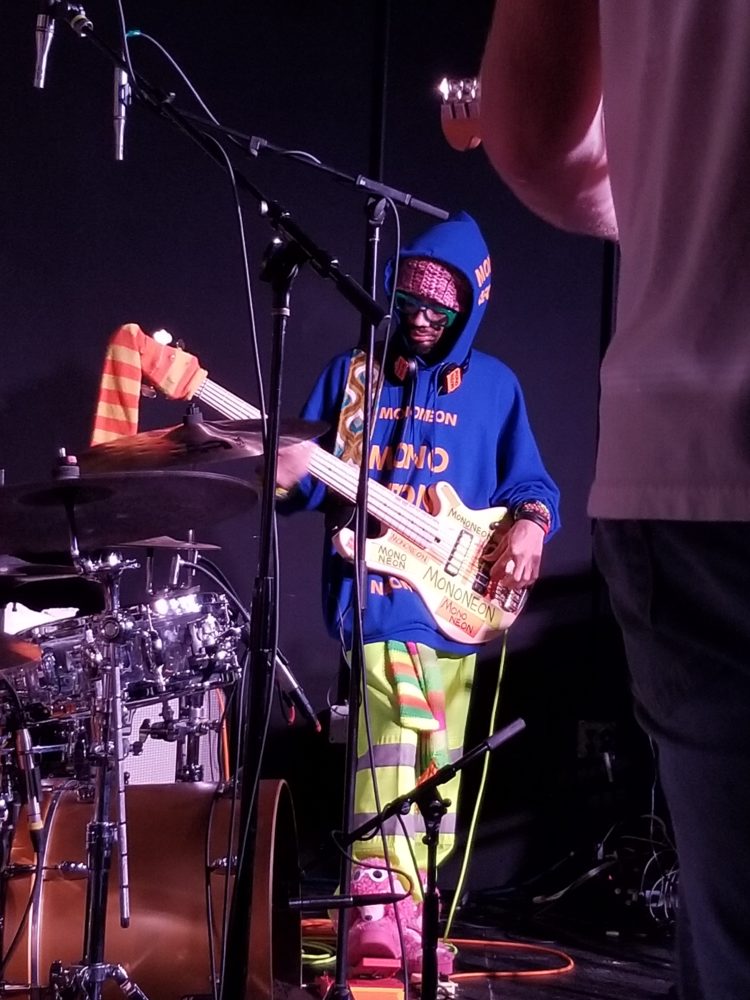

slightly softer than surrounding notes: ◡ (breve).Percussion music in particular makes use of anti-accent marks, as follows: Moreover, there exists a set of anti-accent marks to show gradation more specifically. The term ghost note, then, can have various meanings. This produces a subtle 16th-note feel around a strong back beat or certain accents."
#NATE WERH GHOSTNOTE HOW TO#
According to The Drummer's Bible: How to Play Every Drum Style from Afro-Cuban to Zydeco, the purpose of a ghost note is to ".be heard under the main sound of the groove. In musical notation, ghost notes are indicated in parenthesis surrounding the note. In drumming, a ghost note is played at very low volume, typically on a snare drum. In other words, while a grace note could be ghosted, the ghosting of notes is a function of volume rather than of duration.ĭrumming: Ghost notes indicated by parentheses, main notes distinguished by accents play ( help A grace note is by definition decidedly shorter in length than the principal note which it 'graces', but in many examples the grace note receives a greater degree of accentuation (emphasis) than the principal itself, even though it is a much shorter note than the principal. However, in such a case as that the ghost notes were clearly audible, while being far less prominent than the unaccented notes which represent the mean degree of emphasis within the example, then a percussionist could be said to create what we might define as ghost notes.Ī frequent misconception is that grace notes and ghost notes are synonymous. Wind instruments, including the human voice, and guitars are examples of instruments generally capable of ghosting notes without making them synonymous with rests, while a pianist or percussionist would have more difficulty in creating this distinction because of the percussive nature of the instruments, which hampers the resolution of the volume gradient as one approaches silence. This can be a very fine distinction, and the ability of an instrumentalist to differentiate between what is a ghost note and what is a rest is governed largely by the acoustic nature of the instrument. In a case in which a ghost note is deemphasized to the point of silence, that note then represents a rhythmic placeholder in much the same way as does a rest. If one further deemphasizes one of these unaccented notes to the same or a similar extent to which the accented notes in the pattern are emphasized, then one has 'ghosted' that note. The unaccented notes in such a pattern as a clave are considered to represent the mean level of emphasis-they are neither absolutely emphasized nor unemphasized. Ghost notes are not simply the unaccented notes in a pattern. Ghost notes are also called "dead notes", "muted notes", "silenced notes" or "false notes". In vocal music, this style of notation represents words that are spoken in rhythm rather than sung. Ghost notes are often used by electric bass players and double bass players in a range of popular music and traditional music styles. In popular music drumming, ghost notes are ones played "very softly between the 'main' notes," (off the beat on the sixteenth notes) most often on the snare drum in a drum kit. There is a pitch, to be sure, but its musical value is more rhythmic than melodic or harmonic.they add momentum and drive to any bass line." Occurring in a rhythmic figure, they are purposely deemphasized, often to the point of near silence. "Muted to the point where it is more percussive sounding than obvious and clear in pitch. On stringed instruments, this is played by sounding a muted string. It should not be confused with the X-shaped notation that raises a note to a double sharp.

In musical notation, this is represented by an "X" for a note head instead of an oval, or parentheses around the note head. In music, a ghost note is a musical note with a rhythmic value, but no discernible pitch when played. Illustration of dead note in musical notation and guitar tablature


 0 kommentar(er)
0 kommentar(er)
